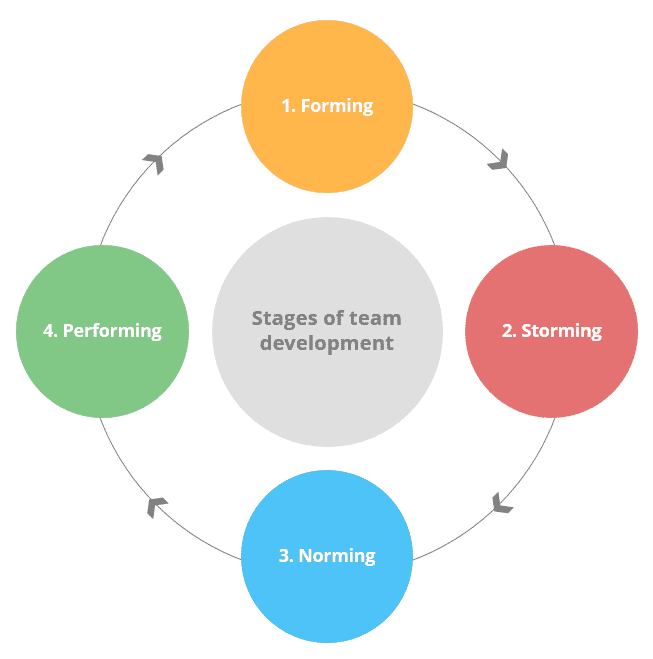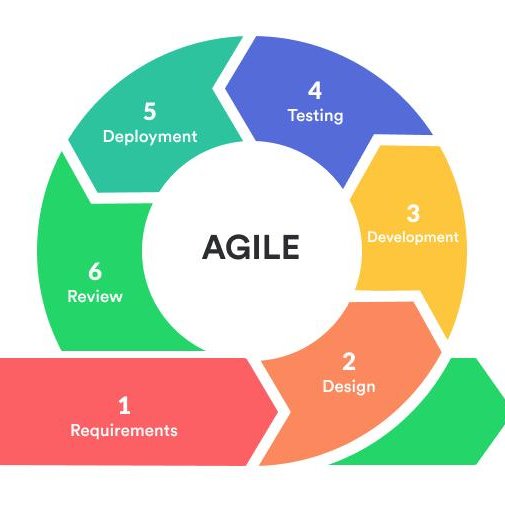When a product application faces a performance issue, a Scrum Master should identify and prioritize the issue, collaborate with stakeholders, plan a resolution, update the backlog, facilitate the work, monitor progress, and review the incident to learn from it. By following these steps, the Scrum Master can effectively address performance issues, maintain open communication, and foster continuous improvement within the team and organization.

1. Identify the Issue
First, the Scrum Master should work with the development team to identify the performance issue and understand its impact on the product. This may involve analyzing logs, monitoring data, or reproducing the issue in a test environment.
2. Prioritize the Issue
The Scrum Master should collaborate with the Product Owner to assess the severity and priority of the performance issue. If the issue is critical, it may need to be addressed immediately, which could mean adding it to the current sprint or even interrupting the sprint to focus on the problem.
3. Collaborate with Stakeholders
The Scrum Master should facilitate communication between the development team, Product Owner, and other relevant stakeholders (e.g., infrastructure team, QA team, or external vendors) to ensure everyone is aware of the issue and its impact. This cooperation helps to align expectations, establish a shared understanding of the problem, and determine the resources needed for resolution.
4. Plan a Resolution
The Scrum Master should work with the development team to plan and estimate the effort required to resolve the issue. This may involve determining the root cause, identifying potential solutions, and discussing the trade-offs of different approaches.
5. Update the Backlog
The Scrum Master, in collaboration with the Product Owner, should update the product backlog to reflect the resolution plan. This could involve creating new user stories or tasks, adjusting existing items, or reprioritizing the backlog as needed.
6. Facilitate the Work
The Scrum Master should support the development team as they work to resolve the performance issue, ensuring they have the necessary resources and removing any impediments they may face.
7. Monitor Progress
The Scrum Master should track the progress of the resolution and keep stakeholders informed. This may involve updating the sprint burndown chart, organizing regular stand-ups, or sending progress updates to stakeholders.
8. Review and Learn
Once the performance issue has been resolved, the Scrum Master should facilitate a retrospective to review the incident and identify any lessons learned or process improvements that can be made. This helps to prevent similar issues from occurring in the future and continuously improve the team’s performance.




